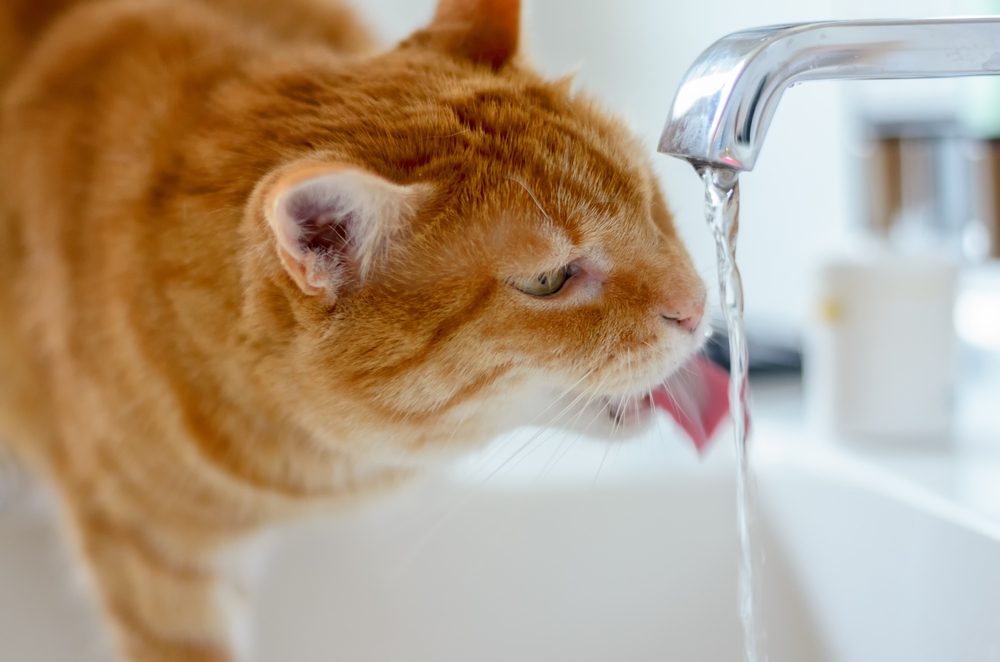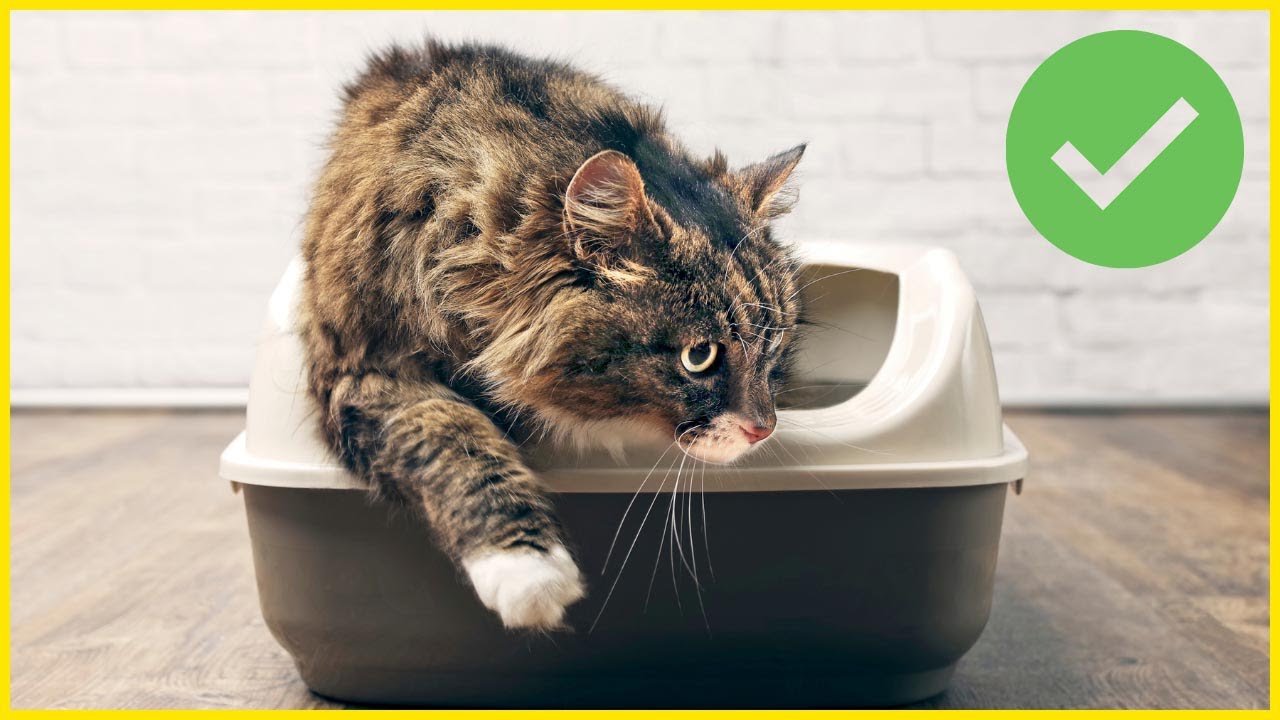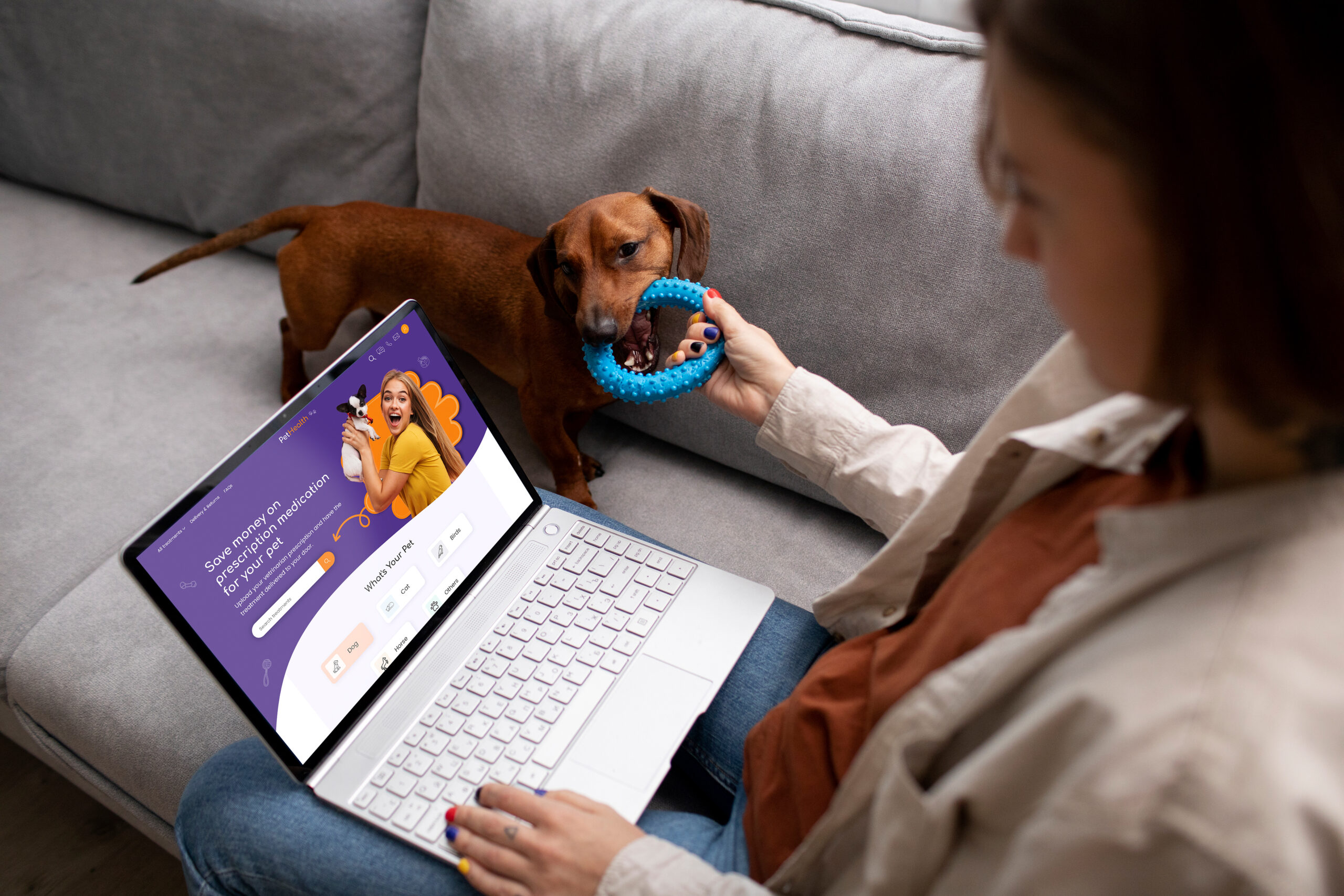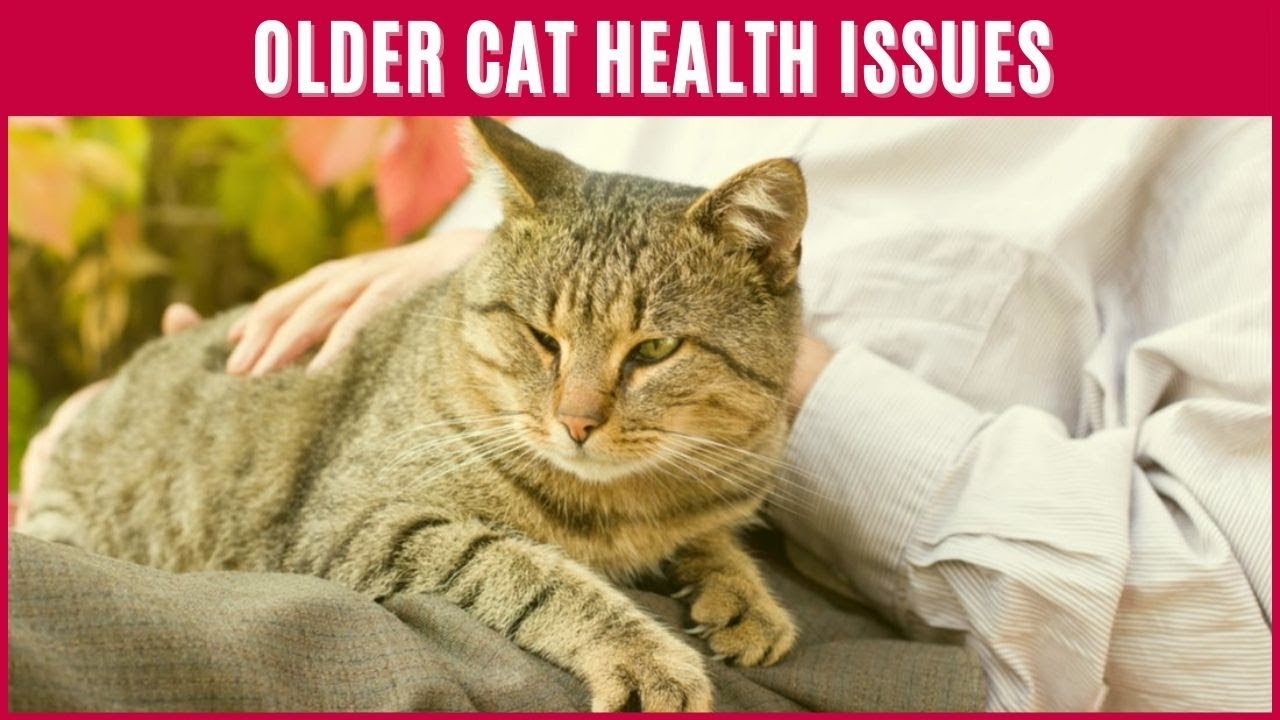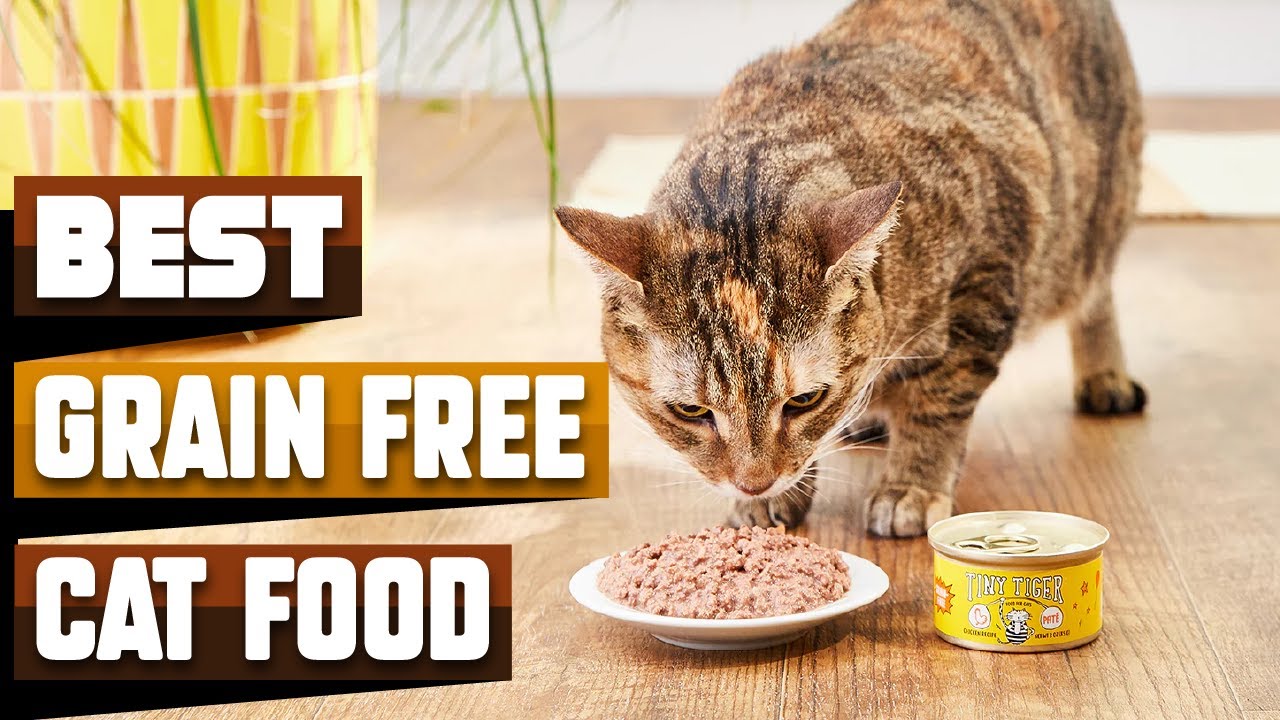Introduction
Proper hydration is essential for your cat’s health, yet many pet owners overlook this critical aspect of feline care. Cats have a low thirst drive, a trait inherited from their desert-dwelling ancestors, making them prone to dehydration. Chronic dehydration can lead to serious health issues, including urinary tract infections (UTIs), kidney disease, and bladder stones.
In this comprehensive guide, we’ll explore:
- Why hydration is crucial for cats
- Signs of dehydration
- Best ways to encourage water intake
- Choosing the right water bowls and fountains
- The role of wet food in hydration
- Creative hydration tips
By the end, you’ll have actionable strategies to ensure your cat stays happily hydrated.
Why Hydration is Crucial for Cats
Cats are biologically designed to get most of their moisture from prey, which is about 70-80% water. Domestic cats, however, often eat dry kibble, which contains only 10% moisture. This mismatch can lead to chronic dehydration if not addressed.
Key benefits of proper hydration:
- Supports kidney function (preventing kidney disease)
- Aids digestion and prevents constipation
- Reduces the risk of urinary crystals and blockages
- Maintains healthy skin and coat
Signs Your Cat is Dehydrated
Recognizing dehydration early can prevent serious health complications. Look for these symptoms:
- Dry or Sticky Gums – Lift your cat’s lip; gums should be moist, not tacky.
- Loss of Skin Elasticity – Gently pinch the skin between the shoulder blades. If it doesn’t snap back quickly, your cat may be dehydrated.
- Sunken Eyes – A sign of severe dehydration.
- Lethargy & Reduced Appetite – Dehydrated cats are less active and may eat less.
- Decreased Urination – Fewer or darker urine clumps in the litter box.
If you suspect severe dehydration, consult a vet immediately.
Best Ways to Keep Your Cat Hydrated
1. Provide Fresh, Clean Water Daily
Cats are picky about water quality. Stale or dirty water can deter them from drinking.
- Change water at least twice daily
- Use stainless steel, ceramic, or glass bowls (plastic can harbor bacteria and cause “whisker fatigue”)
- Place multiple water stations around the house
2. Invest in a Cat Water Fountain
Many cats prefer running water due to their natural instincts. A cat water fountain encourages drinking by:
- Keeping water oxygenated and fresh
- Mimicking a natural stream
- Filtering out impurities
Top-rated fountains:
- Pioneer Pet Raindrop Fountain
- Catit Flower Fountain
- PetSafe Drinkwell Platinum
3. Feed Wet Food for Extra Moisture
Wet food contains 70-80% water, significantly boosting hydration.
- Mix wet and dry food for a balanced diet
- Try bone broth (no onions or garlic) as a hydrating topper
- Avoid fish-flavored foods daily (can lead to urinary issues)
4. Add Water to Dry Food
If your cat prefers kibble, try:
- Adding warm water (let it soak for a few minutes)
- Using low-sodium chicken broth (ensure no harmful additives)
5. Offer Ice Cubes as a Fun Hydration Trick
Some cats enjoy playing with and licking ice cubes. Try:
- Freezing tuna water or chicken broth into cubes
- Using silicone molds for fun shapes
6. Try Flavored Water
Enhance plain water with:
- A splash of tuna juice (in moderation)
- Cat-friendly electrolyte supplements (like Pedialyte, vet-approved)
7. Monitor Water Intake
Track how much your cat drinks daily.
- Normal intake: ~3.5–4.5 oz per 5 lbs of body weight
- Use a measuring cup to refill bowls accurately
Common Mistakes That Reduce Hydration
- Using Deep or Narrow Bowls – Causes whisker stress, making cats avoid drinking.
- Placing Water Near Food – Cats instinctively avoid water near their food (a survival trait to prevent contamination).
- Ignoring Filter Changes in Fountains – Dirty filters can make water taste bad.
- Relying Only on Dry Food – Kibble alone doesn’t provide enough moisture.
When to See a Vet
If your cat shows:
- No interest in water for over 24 hours
- Vomiting or diarrhea
- Extreme lethargy
These could indicate kidney disease, diabetes, or infections requiring medical attention.
Final Thoughts
Keeping your cat hydrated doesn’t have to be a challenge. By providing fresh water, using fountains, incorporating wet food, and making hydration fun, you can protect your feline friend from dehydration-related illnesses.
Pro Tip: Rotate different methods to see what your cat prefers—some love fountains, while others enjoy broth-infused meals.
